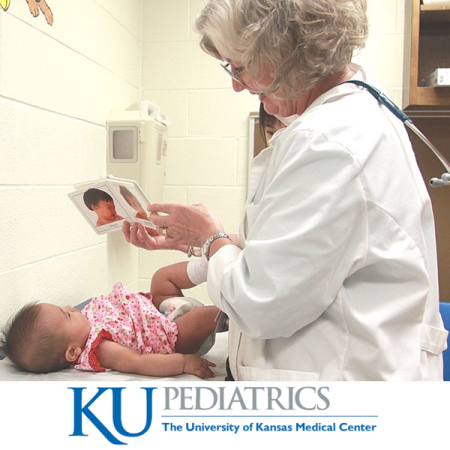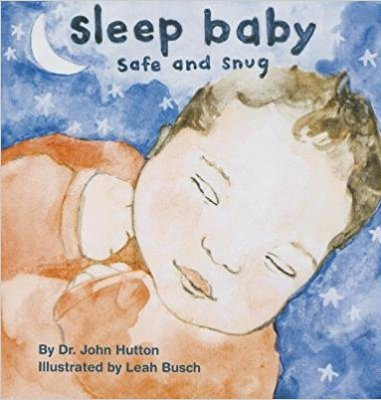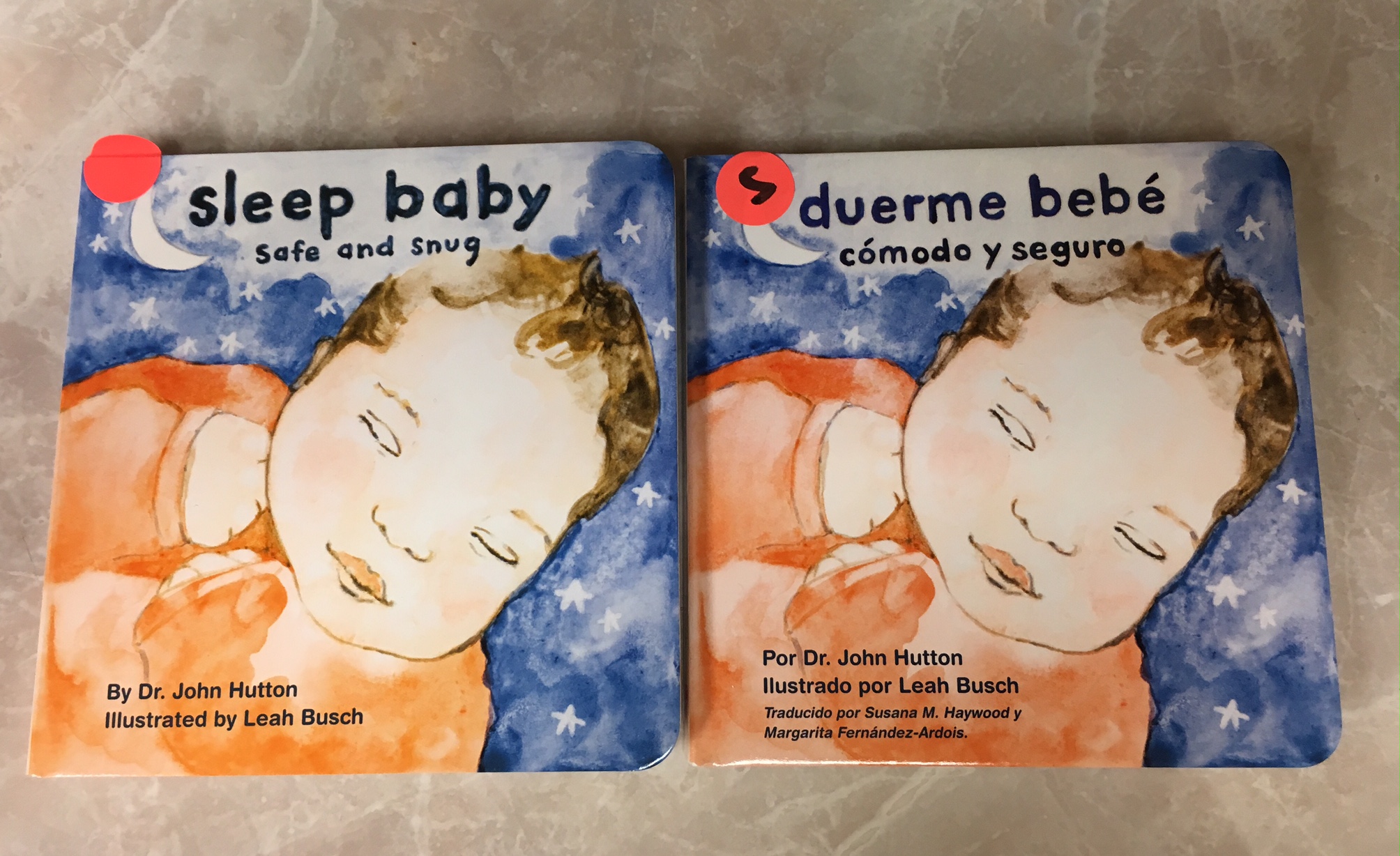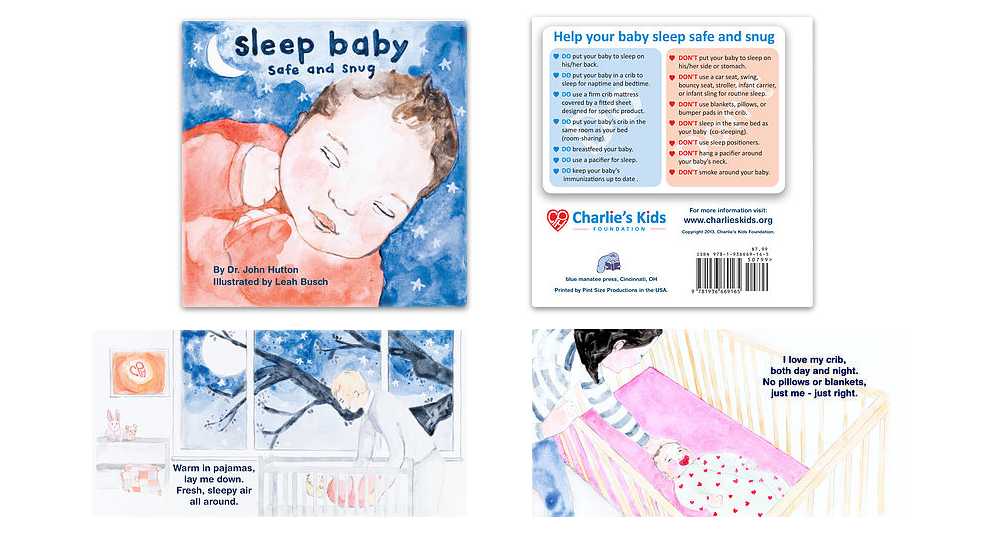 Sallie Page-Goertz is an Advanced Registered Nurse at KUMC Pediatrics as well as Medical Director of Reach Out and Read Kansas City.
Sallie Page-Goertz is an Advanced Registered Nurse at KUMC Pediatrics as well as Medical Director of Reach Out and Read Kansas City.
When ROR-KC was first formed in 1997, Sallie immediately embraced the program as a part of her pediatric care.
20 years later Sallie still treasures the moments she shares books and early literacy advice with her patients and families. She is an avid supporter of a child’s physical and cognitive well-being, and she understands the importance early reading can have on a child’s life.
What is your favorite Reach Out and Read Memory?
A young patient named Michelle reminded me that some children only have books of their own because of ROR-KC. Books are expensive and they are not always within a family’s budget. For Michelle, her family took ROR-KC’s reading advice to heart. They read to her often and her father even built a special bookshelf for her ROR-KC books. As she got older and she started to read on her own, those were the books she turned to first. It’s families like these where I know we are making a positive impact.
Read more about Michelle’s story here.
How has your understanding of ROR-KC grown over time?
The biggest change is that we have much more information now about how babies and young children’s brains develop, and how economic disparities can have a serious impact on children’s language development as well. This new neurological data enforces how important ROR-KC’s read aloud mission is for young children.
What are some of your favorite books to share with patients and why?
Let’s Read is the book we share with new parents. I love opening it in front of babies and showing parents how their new child’s eyes light up and focus on the book. It’s a great way to open a conversation about reading early and often to their little ones.
For slightly older children, I enjoy books that rhyme, like Dr. Suess. At that age children are starting to talk themselves and they love listening to how words sound. It’s fun because rhyming books feel like a game to them.
ROR-KC also shares bilingual books as well. This is especially helpful when families might have a grandparent that would love to read with the child even though they aren’t comfortable reading or speaking English.
What’s your favorite piece of family reading advice (or encouragement) to share?
Changing how you encourage family members can be key to taking the pressure off reading aloud. Sharing a book with your baby sounds less daunting than reading a book with them. Also encouraging them to understand that the story doesn’t have to dictate the time you spend together. Feel free to open a book and make up a story, skip pages, ask questions. What color is this? How many animals are there? What do you think is going to happen next?
Most importantly, enjoy that time you are snuggled up together. Those unique conversations are helping your baby’s brain grow.
What’s your favorite personal reading memory as a child or with your own children?
I have always been an avid reader. When I was little, I was the child that would get caught reading with the light on in the middle of the night. Whether it’s my grandchildren or my patients I love watching a child’s eyes light up when I bring in a book because it means that someone is reading to them.
How are volunteer readers important to ROR-KC?
We need people to set an example. A book doesn’t have to be a way to read to children, but rather a way to read with them. Showing parents and family members that story time is more of a way to have a conversation with your child. Watching a great volunteer reader can help take a load off for some parents who might find story time daunting.
Thank You, Sallie!




